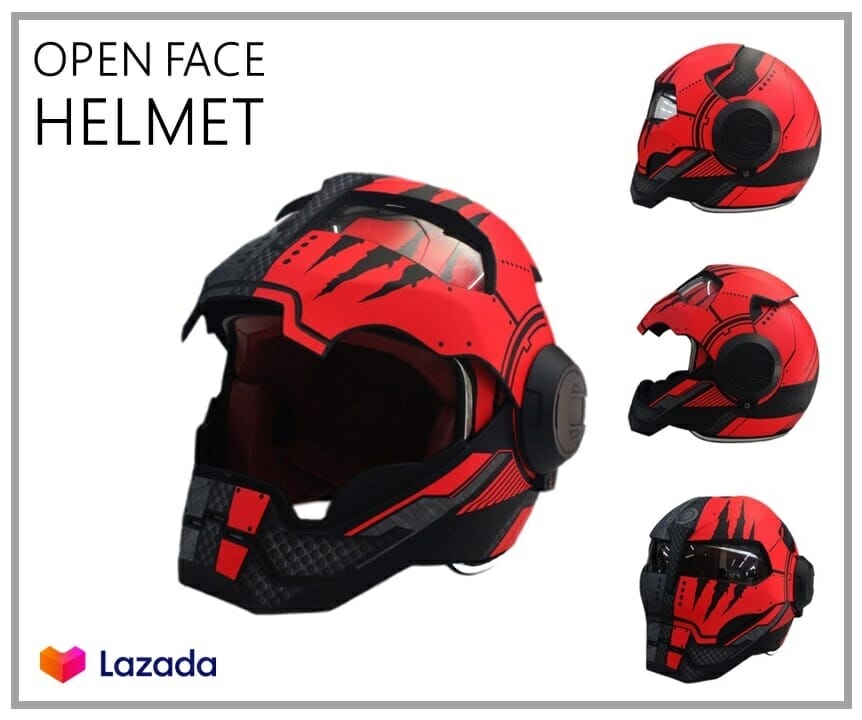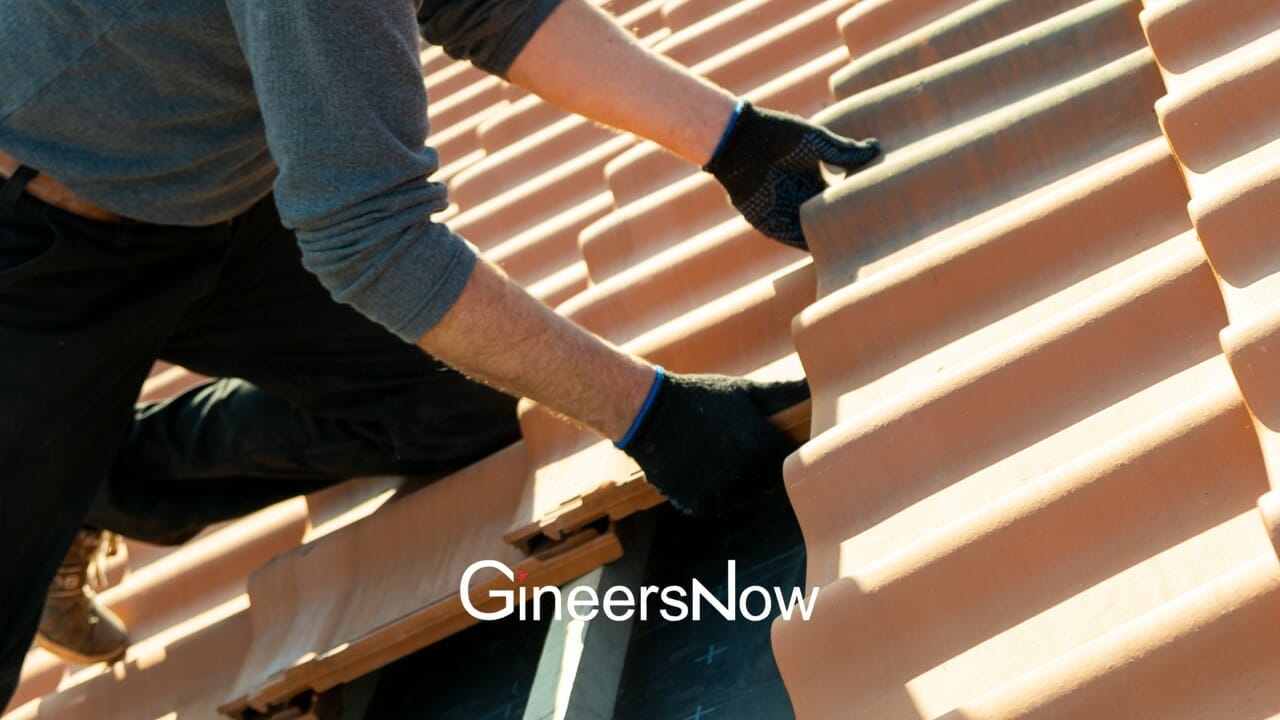Relative impacts of steel versus concrete.
As soon as civilizations in various parts of the world emerged, people started to build and use structures made out of concrete and steel. Such materials placed wood, adobe and thatch off the map of towns and cities marking the dawn of construction innovation and flourishing of an engineering age. Ever since, designers, engineers and tradesmen get to manipulate concrete and steel to form brilliant structures in the service of mankind which are evident in developed areas.
Civil engineers study the technicalities of both materials – concrete and steel – especially those who major in structural engineering. Only these kinds of engineers can say objectively which material reigns supreme over the other through the study of reinforced concrete and steel structures. It is in the judgment of structural engineers to say which material is suited for a specific project with both having diverse positives.
There are several factors considered to weigh relative impacts of both materials. Massachusetts Institute of Technology for its Greening East Campus Project Building looked at the input, output and production worker health and safety of concrete and steel as these three find common ground for efficient comparison.

Relative Impacts of buildings made of concrete. Source: Arch 5541

Relative Impacts of buildings made of steel: Source: Havit Steel Structure
After using a generalized methodology for assessing the non-cost factors of building design, the following analysis were derived.
When it comes to inputs, concrete is a more disadvantageous material compared to steel. A concrete superstructure would consume over three times as much energy and six times as much natural resources as a steel one. Production of a concrete building also would use more toxic substances compared to its steel equivalent. Both concrete and steel do not have significant differences when it comes to materials transportation.
However, when outputs are measured, there is an imbalance between the two with concrete still in a worse light. Upon building a concrete structure, it will produce almost four times as much solid waste as a steel one. A steel superstructure offers more recyclability of materials, but can damage the water almost three times as a concrete superstructure. When it comes to air pollution emissions, concrete buildings appear to be more destructive, which is five times polluting the air more than steel buildings. The biggest takeaway for concrete structures when it comes to output is that it is almost seven times to contribute to global warming than its steel equivalent.
Being production worker health and safety also a factor of consideration, buildings of steel do not have much of a significant edge over buildings of concrete. Production of a concrete superstructure involves roughly the same rate of fatal occupational injuries as production of a steel one. But when non-fatal injuries and illnesses are taken into account, steel structure production poses a higher rate of 12% than concrete structure production.
It can be concluded via these three relative measures of impact that concrete is a relatively poorer material compared to steel for the construction of the Greening East Campus Project Building. This is primarily caused by the large amount of material that goes into concrete structural elements. According to the Athena EIE model used in evaluating the impact categories, over six times as much material (by mass) is required to produce the concrete superstructure than is required for the steel superstructure.
The modelled concrete superstructure requires approximately 21,000 cubic meters of concrete (46,000 standard tons assuming a density of 2,000 kg per cubic meter) and about 1,500 tons of iron and steel for wire and rebar. A steel superstructure for the East Campus Project building would require approximately 3,000 cubic meter of concrete (7,000 standard tons) and about 1,000 standard tons of iron and steel.
This evaluation doesn’t consider the aesthetics, but by the potential impacts and tradeoffs at stake in deciding to use steel or reinforced concrete to build one identified structure.


















